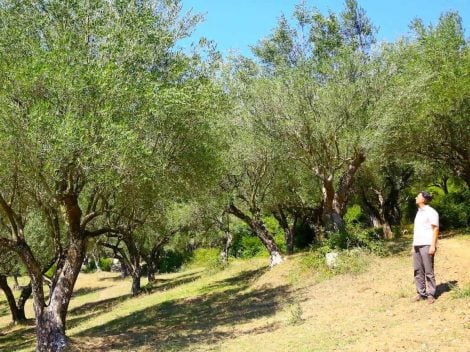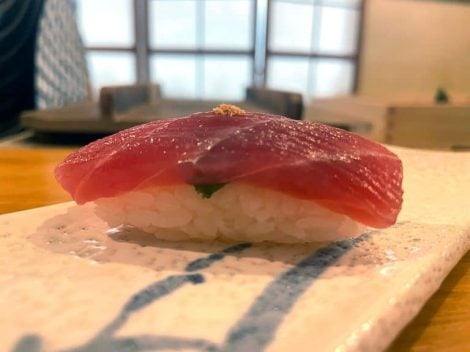After the depths of the sea, Cantina di Venosa moves into space. Or almost. After experimenting with the potential of aging at 50 meters deep in the waters of Portofino for six months with the Aglianico del Vulture Carato with the Underwater Wines project, the company will present three new labels at Vinitaly that will be part of the Sentinel line. An Aglianico del Vulture, a white from Basilicata IGT, and a rosé from Basilicata IGT obtained from grapes monitored by the Sentinel2 satellite. Of this new line, 200,000 labels, for the first year, will be exclusively dedicated to the restaurant sector, so they cannot be purchased in wine shops or at the company's point of sale.
Monitoring and Data Collection
The use of the spacecraft allows for a continuous flow of data on the vineyards of the 350 members of the winery. The conditions of the 140 hectares of vineyards are constantly monitored by the satellite, which continuously sends information on weather and agronomic conditions, collecting sensitive data for better vine development and allowing better vineyard management.
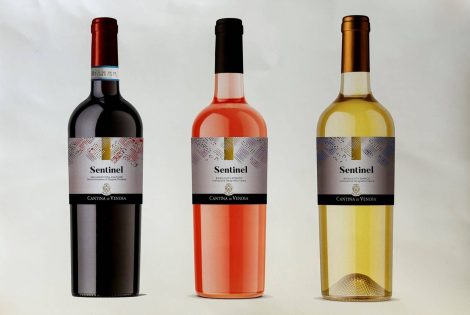
Through the data flow, it is possible to observe critical issues within the vineyard, such as potential water stress, or to create a historical database that can be consulted in the future. The main objective of this innovative approach is aimed at improving the agronomic management of the vineyard while considering the environment through a sustainable approach.
How Monitoring Works
Every week, the satellite takes a high-resolution photograph and processes a highly accurate graduated chromatic mapping of the 140 hectares of vineyard. The different plots are then associated with different shades of colors ranging from green (positive signal) to red (alarm). This mapping is then interpreted by the enologist and agronomist of Cantina di Venosa to assess whether, how, and where to intervene.
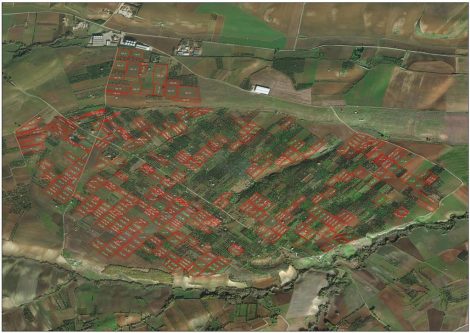
Based on the recorded data, it is possible to make decisions regarding the correct development of the grapes: intervening with emergency irrigation; possible thinning of the clusters to support quality, carrying out targeted treatments on the vines, such as combating a pest like the grapevine moth through the emission of hormones for sexual confusion. But mapping also remains a valuable tool for the proper management of the vineyard plots by the members and possibly training and updating them to optimize vineyard management.
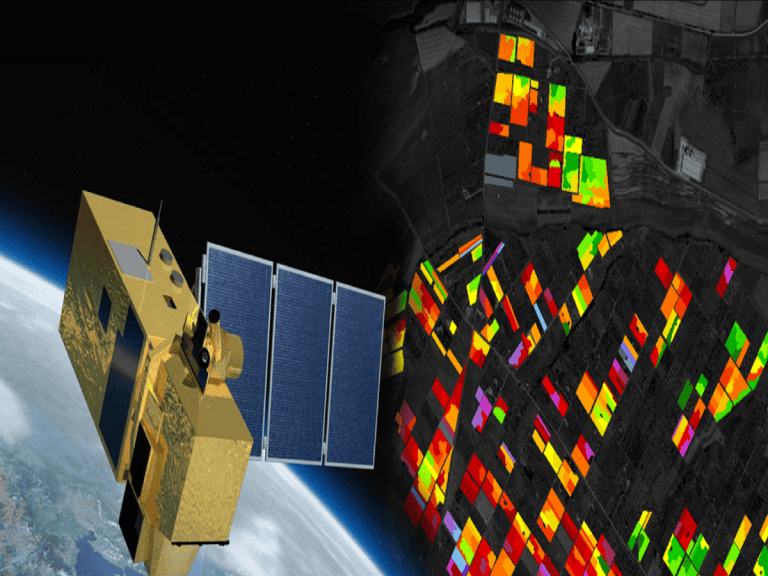
 Where to eat in Ariccia. The best addresses selected by Gambero Rosso
Where to eat in Ariccia. The best addresses selected by Gambero Rosso The 'electric tomino', the unknown specialty of Piedmontese taverns. What it is and where to eat it in Turin
The 'electric tomino', the unknown specialty of Piedmontese taverns. What it is and where to eat it in Turin To be shared and enjoyed together. The return of Italian appetizers that have conquered Michelin-starred chefs
To be shared and enjoyed together. The return of Italian appetizers that have conquered Michelin-starred chefs The 8 best Vitovska Wines from Friuli Venezia Giulia selected by Gambero Rosso
The 8 best Vitovska Wines from Friuli Venezia Giulia selected by Gambero Rosso History of the hidden specialty coffee shop in an agricultural market in Rieti
History of the hidden specialty coffee shop in an agricultural market in Rieti